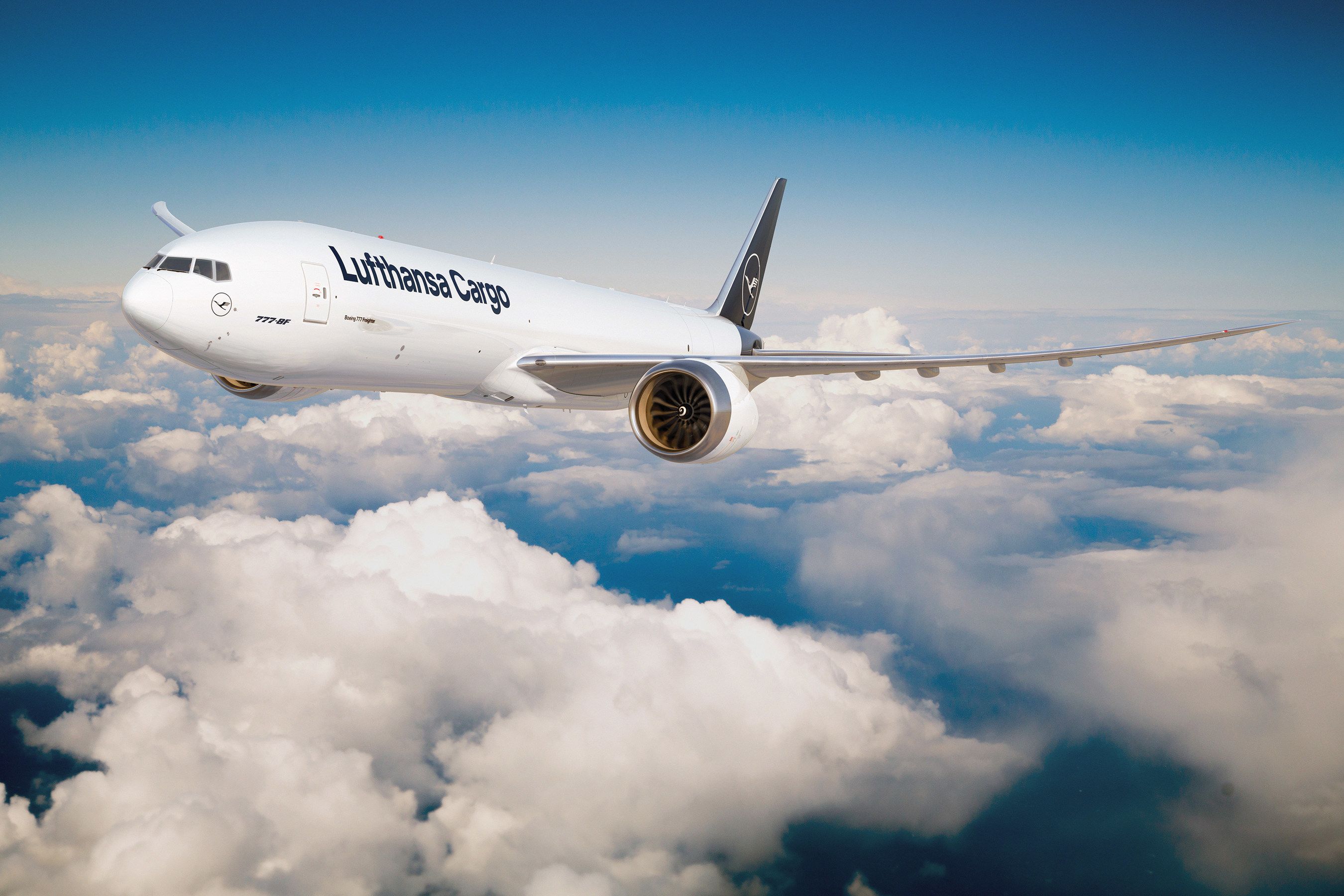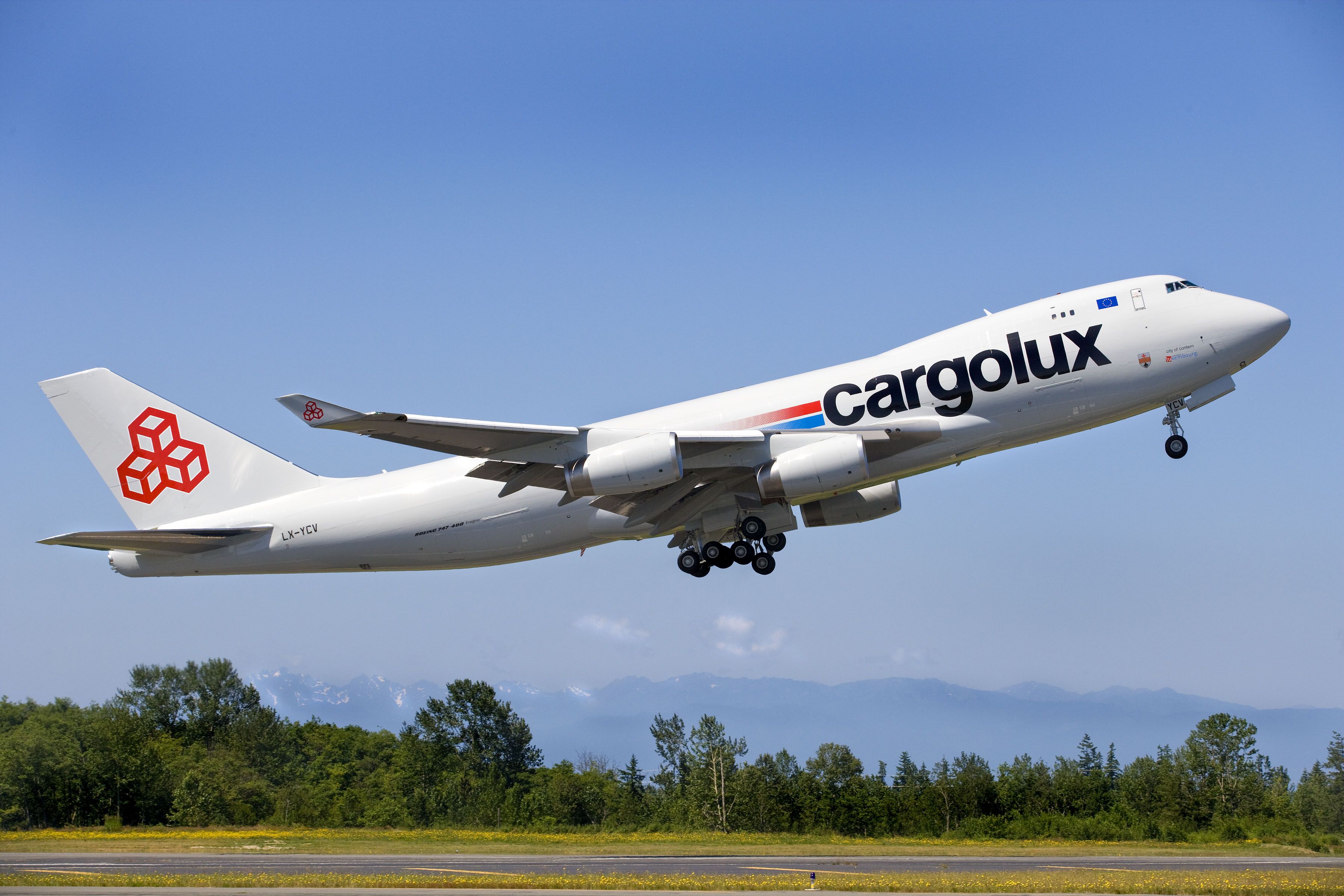Boeing made headlines earlier this year when it announced that it would be producing a cargo version of its next-generation 777X series. Specifically, this model will be based on the short-fuselage 777-8 model. While its main rival will likely be the Airbus A350F, it is interesting to see how the jet compares to older designs.
The 777XF in a nutshell
When Airbus launched the freighter version of its modern A350 widebody last year, questions soon began to arise as to whether Boeing would respond with the launch of a 777X freighter. While this didn't happen immediately, the big news eventually came in January 2022, when the company announced that Qatar Airways had placed 34 firm orders for the 777-8F, along with options for another 16 examples.
In the months that have followed this launch, Boeing has declared itself to be pleased with the market's response to the new freighter. Last month, Lufthansa became the third airline to order the type, requesting seven examples and following in the footsteps of Ethiopian Airlines and, as established, Qatar Airways.
As it happens, the Doha-based airline's opening order for up to 50 777X freighters wasn't just significant in that it made Qatar Airways the launch customer for the type. Indeed, as Boeing detailed in a media presentation last week, the carrier's order represented 'the largest freighter commitment in Boeing history.'
Stay informed: Sign up for our daily and weekly aviation news digests.
How does the type compare to the 747-400F?
Boeing has been keen to draw comparisons between the 777XF and the older 747-400F in its promotion of the new aircraft. This gives an interesting insight into how cargo aircraft are evolving, with Mike Fleming, the company's Vice President of Commercial Derivative Programs, explaining to the media last week that:
"This airplane will really be able to benefit from what we're doing on the 777-9. What we're working on right now, all of that is going to play into our development of this airplane."
In terms of the respective aircraft's dimensions, the 777XF will be slightly longer than the 747-400F, at 70.9 meters in length (vs 70.66 meters). However, with neither the upper deck nor the nose-loading capabilities of the 747, you might expect that its capacity would be significantly lower. In actual fact, this isn't the case.
The airline industry is always full of new developments! What aviation news will you check out next?
With less than 12 tons of difference (124 vs 112.3), Fleming explained that "it's going to have a nearly identical payload to the 747-400F, but it's 30% more efficient." This will ultimately result in the 777XF having the 'lowest emissions and cost per tonne of any large freighter,' which will surely make it a popular choice.
What's next for the 777XF?
With delays having hampered the development of the stretched-fuselage 777-9, the 777-8 and its cargo derivative aren't expected to enter service until 2027. In the meantime, Boeing will be hoping that the type continues to rack up orders, despite its entry into service being several years away. For carriers wanting a more immediate solution, the original 777F is still selling well.
What do you make of the Boeing 777XF? Are you looking forward to seeing the type enter service? Let us know your thoughts in the comments!

-1.jpg)


